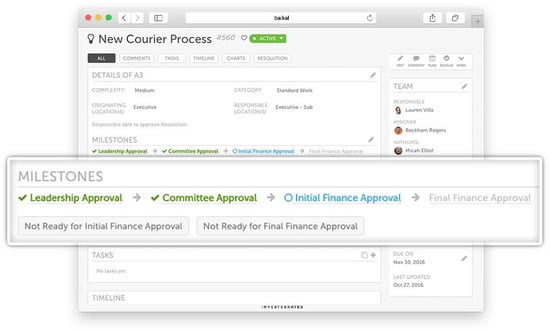 Leaders that we speak with get very excited about the idea of creating an improvement engine within their organizations. Who doesn’t want a team of players always looking to edge closer to perfection? Of course, achieving this goal is harder than it sounds.
Leaders that we speak with get very excited about the idea of creating an improvement engine within their organizations. Who doesn’t want a team of players always looking to edge closer to perfection? Of course, achieving this goal is harder than it sounds.
We’ve found that leaders who struggle to create a culture that thrives on improvement make one or more of ten common mistakes. These challenges are probably not breaking news if you’ve been a leader for a long time, but it can’t hurt to check in with yourself from time to time and make sure you are avoiding these behaviors. If you are a new leader, this is an excellent “don’t” list.
Failing to Align Objectives in a Meaningful Way
This is perhaps the most common problem that we see even among leaders whose hearts and heads are otherwise in the right place. In the most successful organizations, there are a few breakthrough objectives at the top level. Each one is then cascaded down to individual employees so that every person knows their role in achieving success for the organization. If every person can’t explain the strategic goals and their part in getting there, you’ve got work to be done.
Prioritizing Only Financial Metrics
Leaders focus on financial metrics for good reasons, of course. The point of most is to make a profit, after all, and financial measures are attractive because they are objective and usually easier to measure. But they are far from the only things that matter. Improvement efforts should also be directed to other objectives such as improved customer satisfaction, reduced churn, safety, employee retention, and time to market.
Recruiting Poorly
Nothing can kill company culture more quickly than employees who do not see the vision or embrace the idea of chasing perfection. The ideal time to find out whether someone will be a good fit is before they are hired. Recruiting a different candidate is far easier than reforming someone who isn’t fully committed to the mission.
Top-Down Thinking
Leaders have some great ideas, but guess what? So do front line workers! Continuous improvement isn’t a top-down proposition. Innovation can come from any corner, so it is a big missed opportunity if every employee isn’t encouraged to suggest positive change and support in implementing it. Creativity doesn’t have an org chart.
Long Gaps in Communication
To stay engaged, employees need to hear from their leaders very often. The annual goals shouldn’t just be trotted out once a quarter. Continuous improvement requires continuous feedback and conversation.
Lack of Humility
The very basic idea of improvement is that nothing is currently perfect. That’s a hard pill for some to take, but without that notion, things are likely to stay the same. Humility in the context of leadership means accepting that you don’t have all the ideas, that what’s working today might not be right for tomorrow, and that change is the key to success.
Fostering a Fear of Failure
We’ve seen too many organizations where doing nothing is the only safe choice. Employees who fear backlash if they try something that doesn’t work will keep doing what has always been done even if there is waste in the process. Improvement requires experimentation. Not all experiments result in improvement, but they all result in learning, which is valuable in itself. It is possible to fail forward.
Refusing to Invest in Improvement
Budgets are values documents. If there is no room in the budget for technology that supports improvement, resources to manage change and develop employee skills, equipment and supplies to improve efficiency, or other needed investments, that says volumes about how vital improvement work really is.
Confusing Satisfaction and Engagement
When people mention company culture, we often hear about things like company outings, unlimited vacation days, and free lunch Fridays. Those types of things are great, and they may make employees happy enough to stick around, but a satisfied workforce is not necessarily an engaged one. Engagement happens when people feel empowered and expected to contribute beyond their daily tasks. It occurs when there is an emotional connection between the worker and the vision.
Failing to Praise and Reward Success

Another mistake we’ve seen is making employee recognition a “program” or an event. That works well for some types of recognition, but in terms of daily improvement, a more direct, frequent, and timely approach works better. That’s the reason that we built improvement broadcasting into the KaiNexus solution. Letting the whole team know when someone has achieved a milestone or just made something better than it was before is easy and enormously helpful.
As with many things, the first step to becoming a fantastic leader is just getting out of your own way. By avoiding these behaviors, you’ll set yourself, and therefore your team up for success.




Add a Comment